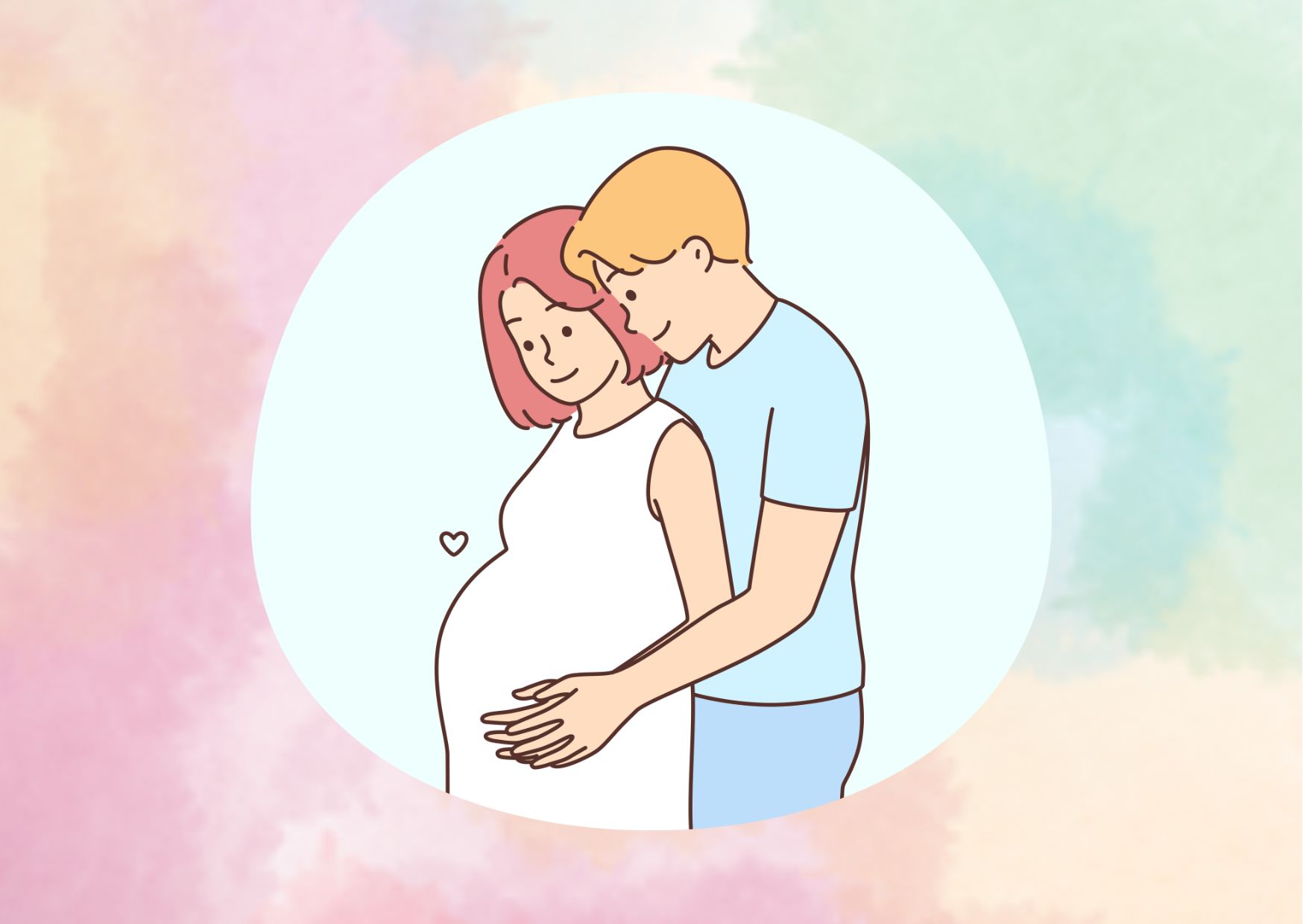Healthy Power Dynamics in Marriage: A How-to Guide
Power dynamics play a crucial role in shaping the foundation of marriages and relationships. These intricate patterns of interaction have a significant impact on the balance of control, decision-making, and emotional well-being within a partnership. Understanding power dynamics is essential for couples to build healthy, equitable relationships that stand the test of time.
This guide delves into the psychological aspects of power dynamics in marriages, helping readers to identify unhealthy patterns and providing strategies to create more balanced partnerships. It explores various types of power dynamics, including those related to gender, and offers insights on fostering personal autonomy and independence within the context of a committed relationship. By examining these concepts, couples can work towards establishing a more harmonious and fulfilling marital experience.
The Psychology Behind Power Dynamics in Marriage
Power dynamics in marriage are deeply rooted in psychological factors that shape how partners interact and make decisions. These dynamics have a significant impact on marital satisfaction and the overall health of the relationship. Understanding the psychological underpinnings of power dynamics can help couples navigate their relationships more effectively.
Attachment Styles and Power Dynamics
Attachment styles, developed in early childhood, play a crucial role in shaping power dynamics within marriages. These styles refer to the relational behaviors that individuals learn from their primary caregivers to get their basic needs met. As adults, these patterns become internalized and generalized to other relationships, including romantic partnerships.
Secure attachment often leads to more balanced power dynamics in marriage. Partners with secure attachment styles tend to have higher levels of marital satisfaction and are better equipped to handle conflicts. On the other hand, insecure attachment styles can create imbalances in power distribution within the relationship.
For example, individuals with anxious attachment may become “maximizers,” constantly seeking reassurance and confronting issues head-on. Their partners might respond by becoming “minimizers,” withdrawing from conflict and creating a power imbalance in the relationship.
Childhood Experiences and Control Issues
Early life experiences have a profound influence on how individuals approach power in their adult relationships. Growing up in an environment of powerlessness can lead to the development of controlling behaviors in adulthood. This often stems from unresolved childhood trauma or feelings of inadequacy.
Parents or caregivers who exhibit overly controlling behaviors often struggle with their own anxiety, mental health issues, or deep-seated fears. These unresolved issues can be projected onto their children, perpetuating a cycle of intergenerational trauma. As these children grow into adults, they may struggle with understanding their own wants and needs, living in survival mode, or feeling stuck in relationships that mirror their early experiences of coercive control.
Gender Roles and Societal Influences
Societal expectations and traditional gender roles have a significant influence on power dynamics in marriages. While these roles are evolving, their impact on relationships remains substantial.
Historically, men were expected to be breadwinners, while women were seen as caretakers. This division of labor often led to imbalances in decision-making power within marriages. As more women enter the workforce and contribute financially to households, these dynamics are shifting. However, remnants of traditional expectations can still create tension in modern marriages.

